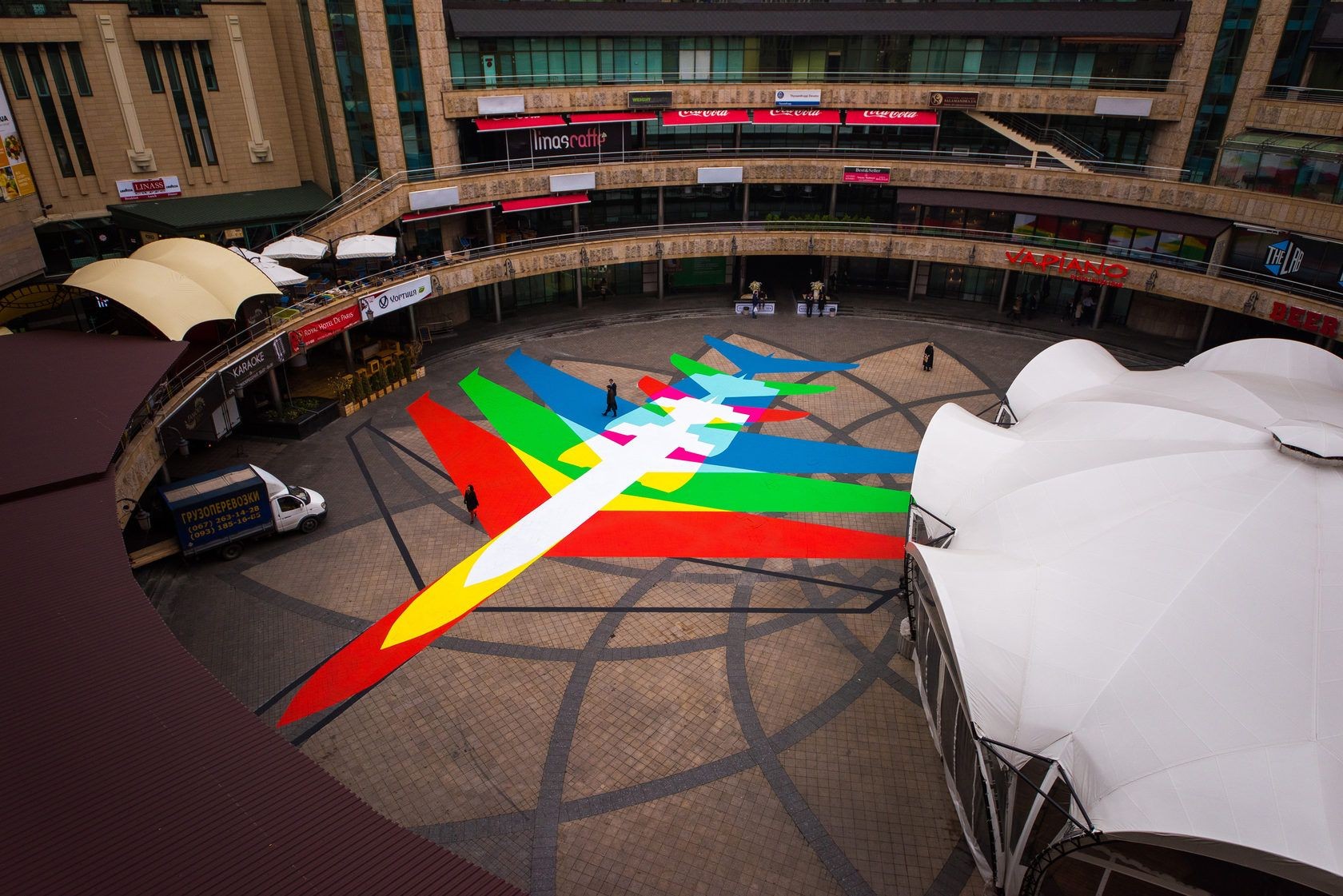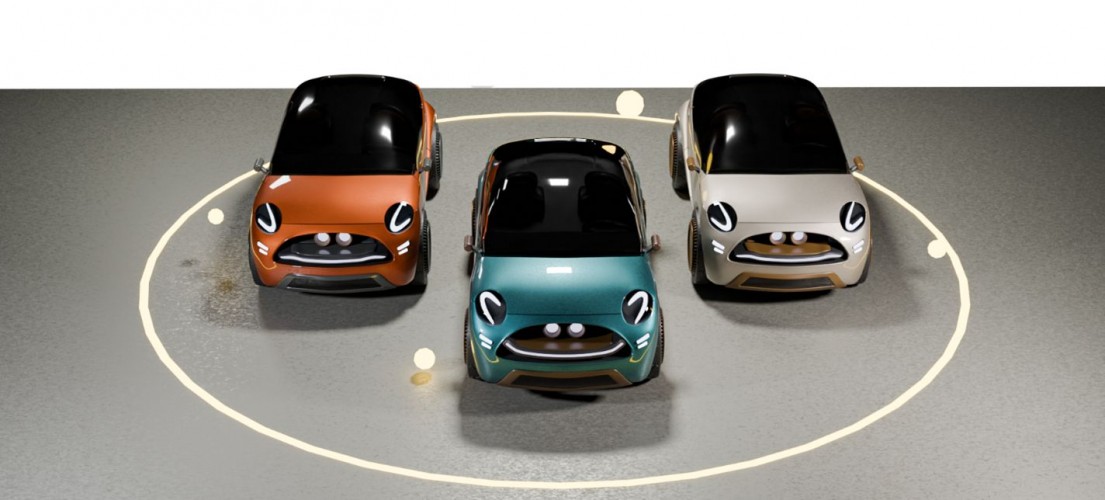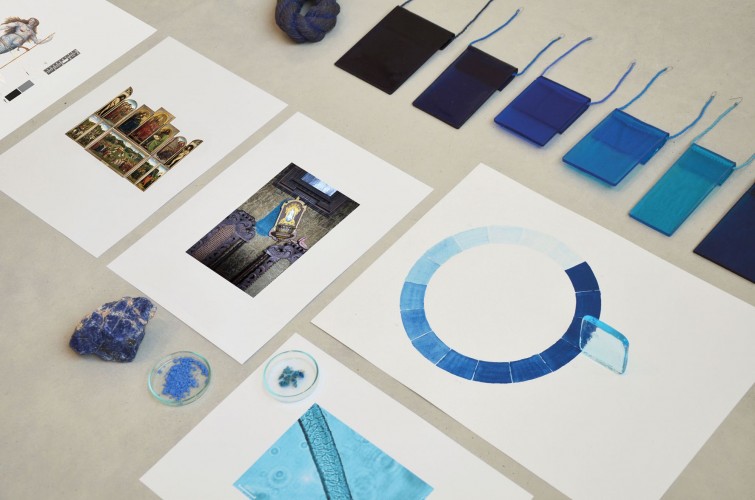James Bridle: Ο καλλιτέχνης που φέρνει την τεχνολογία και τη φύση σε διάλογο
DS.WRITER:
Σοφία Θρουβάλα
Πηγή Κεντρικής Εικόνας: artsy.net
Ο James Bridle είναι καλλιτέχνης και συγγραφέας. Η δουλειά του δίνει έμφαση στο τεχνολογικό κομμάτι της τέχνης αλλά και στο περιβαλλοντολογικό και στη μεταξύ τους σχέση. Τα έργα τέχνης και οι εγκαταστάσεις του έχουν εκτεθεί στην Ευρώπη, τη Βόρεια και Νότια Αμερική, την Ασία και την Αυστραλία, και έχουν προβληθεί σε εκατοντάδες χιλιάδες επισκέπτες στο Διαδίκτυο. Ενώ, επίσης, έχει συνεργαστεί με μερικούς από τους σημαντικότερους οργανισμούς τέχνης και design στον κόσμο, όπως το Μουσείο Victoria & Albert, την Barbican, το Artangel, την Oslo Architecture Triennale, το Istanbul Design Biennial, και έχει τιμηθεί πολλαπλώς για τη συνεισφορά του στην τέχνη και την καλλιτεχνική θεωρία-κριτική. Τα τελευταία χρόνια ζει και δημιουργεί στην Αίγινα.
Η συγγραφική του παρουσία γίνεται όλο και εντονότερη, καθώς το ζήτημα της τεχνολογίας -τα δίκτυα- και της οικολογίας, σε συνδυασμό με το μέλλον του πολιτισμού, απασχολεί όλο και περισσότερο. Περιοδικά και εφημερίδες, όπως το Frieze, η Wired, το Domus, η Cabinet, το Atlantic και πολλά άλλα, δημοσιεύουν άρθρα του τα οποία θεωρούνται άκρως επιδραστικά στους σύγχρονους δημιουργικούς κλάδους. Το βιβλίο του «New Dark Age» (2018) είναι αφιερωμένο στην τεχνολογία, τη γνώση και το λεγόμενο “τέλος” του μέλλοντος. Την αμέσως επόμενη χρονιά ξεκινάει μια σειρά τεσσάρων μερών στο bbc radio 4, υπό τον τίτλο “New Ways of Seeing”, στην οποία αναλύει τις θεωρίες του για την τεχνολογία, την πολιτική και την τέχνη στη σύγχρονη εποχή. Τη σειρά ακολούθησε η πολύ πρόσφατη έκδοση του βιβλίου «Ways of Being» (Penguin / FSG) το 2022, που κάπως συμπυκνώνει τις σκέψεις των τελευταίων ετών. Η λεγόμενη τεχνοκριτική που ασκεί με το ερευνητικό του έργο, ή, αλλιώς, η New Aesthetic, έχει προκαλέσει έντονη αίσθηση στους χώρους των καλλιτεχνών και των θεωρητικών, αφού μάλιστα από το 2007 κιόλας βρίσκεται στην κατάταξη με τους 1000 πιο επιδραστικούς ανθρώπους στο Λονδίνο.
Όσον αφορά την πρακτική του, τη δημιουργική προέκταση αυτών των ιδεών, ο Bridle ενώνει την πολιτική με τη φιλοσοφία τού κυβερνοχώρου και την τεχνολογική πρόοδο, σε μοναδικές εγκαταστάσεις- έρευνες. Για παράδειγμα, το 2017 συνεργάζεται με το CERN ως Guest Artist και το επόμενο έτος παρουσιάζει το έργο A State of Sin, ένα τοποειδές έργο-εγκατάσταση, το οποίο ανοίγει μια συζήτηση για την τυχαιότητα εν αντιθέσει με την αλγοριθμική, μαθηματική, προβλέψιμη πραγματικότητα που προκύπτει από τη σύγχρονη δεδομενοποίηση. Με το έργο αυτό, ο Bridle ήθελε να αντιπαραβάλει τον νέο τρόπο σκέψης με τον “παλιό”, μιλώντας για τη δημιουργική ανθρώπινη φύση που είναι σχετικά τυχαία και την -αν μη τι άλλο- θεαματική αλλά προβλέψιμη προηγμένη προσέγγιση της τέχνης μέσω της χρήσης ΑΙ.
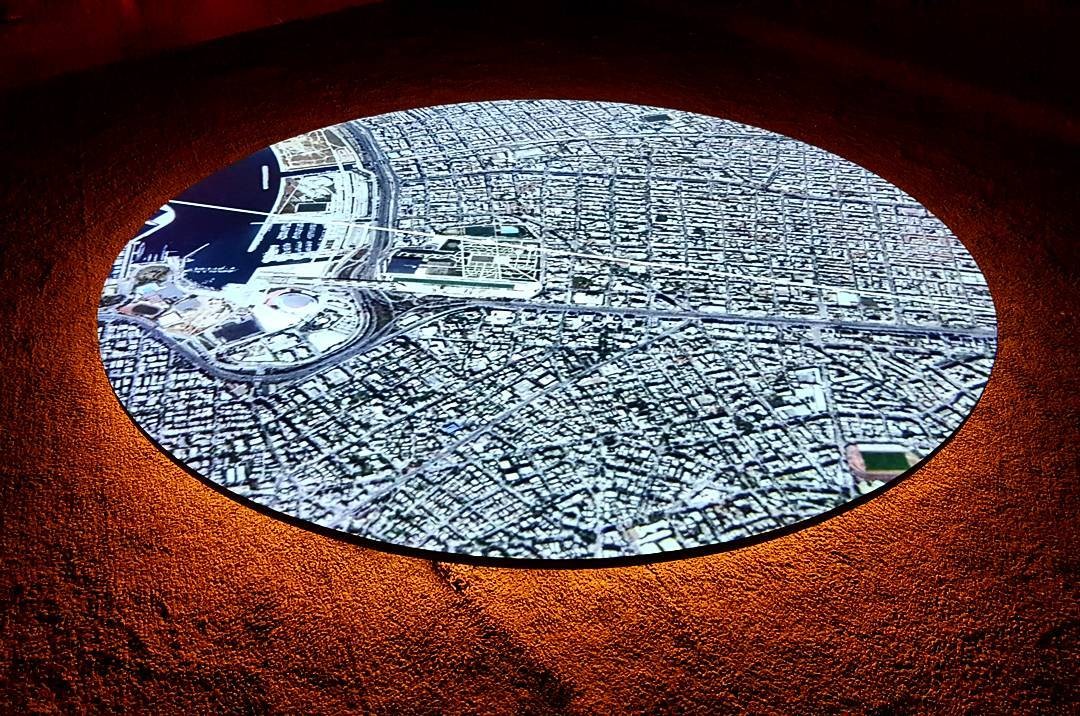
Πηγή εικόνας: jamesbridle.com
Στη συνέχεια, επαναπροσδιόρισε τη δουλειά του δίνοντας έμφαση στην οικολογία σε σχέση με την τεχνητή νοημοσύνη. Όπως αναφέρει στο βιβλίο του, τον προβληματίζει το γεγονός ότι η τεχνητή νοημοσύνη και γενικότερα η δεδομενοποιημένη πραγματικότητα μοιάζει να νοείται ως κάτι το μη γήινο, άρα μη φυσικό. Στα έργα του τον απασχολεί η σχέση και η προφανής κατά εκείνον αλληλεπίδραση και αλληλοσυγκρότηση μεταξύ τεχνητού και φυσικού. Η γη επαναπροσδιορίζεται συνεχώς εξαιτίας των αυξημένων αναγκών -από υλικά μέχρι υποδομές- των όλο και πιο προηγμένων ερευνητικών κέντρων ή κέντρων δεδομένων, δομών που έχουν να κάνουν με την τεχνητή νοημοσύνη με τον ένα ή τον άλλο τρόπο. Παρομοίως, η τεχνητή νοημοσύνη προκύπτει ξεκάθαρα από τη φυσική ανάγκη του ατόμου να εξελιχθεί ως προς αυτό το κομμάτι, γεννιούνται νέες προκλήσεις οι οποίες επιλύονται στον φυσικό χώρο με τη χρήση των ΑΙ, και τελικά επεμβαίνουν στη ζωή μας -όσο τους επιτρέπεται- αναδιαμορφώνοντάς τη σε τομείς που έχουν να κάνουν πχ με την τέχνη ή τον έρωτα.

Πηγή εικόνας: jamesbridle.com
Έτσι, ανιχνεύει και ένα πολιτικό ζήτημα το οποίο, σύμφωνα με τον ίδιο, προκύπτει από την κατανόηση του κόσμου ως δυαδικού. Ο δυαδικός υπολογισμός βρίσκεται πίσω από την οικοδόμηση ολόκληρης της κοινωνίας, επομένως και από τις κατασκευές ιεραρχιών μέσα σε αυτή. Διότι, όταν πρέπει να ανατεθεί σε όλους και όλα ένας ρόλος εντός ενός δυαδικού συστήματος, οι σχέσεις μεταξύ των πραγμάτων σε αυτό το σύστημα γίνονται αμέσως ιεραρχικές, γιατί δεν υπάρχει άλλος τρόπος να γίνει διάκριση μεταξύ τους. Ο Bridle επιχειρεί να εστιάσει στη φύση, δηλαδή στην -όπως λέει- μη-ανθρώπινη πολιτική, για παράδειγμα στη δημοκρατία της κυψέλης. Έτσι, θέλει να κατανοήσει καλύτερα το ευφυές, όπως αυτό ορίζεται στην ανθρώπινη συνείδηση και τη μη-ανθρώπινη.
Στο τελευταία του έργα, σκέψεις που αφορούν τη φύση παίρνουν μορφή. Αρχικά, στο Bridle Windmill 03, αναδημιουργεί έναν παραδοσιακό ελληνικό ανεμόμυλο, επανα-χρησιμοποιώντας περισσευούμενο υλικό από αρχιτεκτονικά έργα. Στο Aegina Battery, αντίστοιχα, περιλαμβάνει μια γεννήτρια ηλεκτρικής ενέργειας, που τροφοδοτείται από εβδομήντα δύο ελληνικά λεμόνια. Σε αυτά τα έργα, ο Bridle επικαλείται τη δυνατότητα συνεργασίας με τον μη- ανθρώπινο κόσμο, για την εξεύρεση ευεργετικών λύσεων στα προβλήματα που αντιμετωπίζουμε σήμερα σχετικά με το οικολογικό πρόβλημα, ερευνώντας έτσι δυνατότητες συλλογικής εκπαίδευσης και δράσης μέσα από την τέχνη.
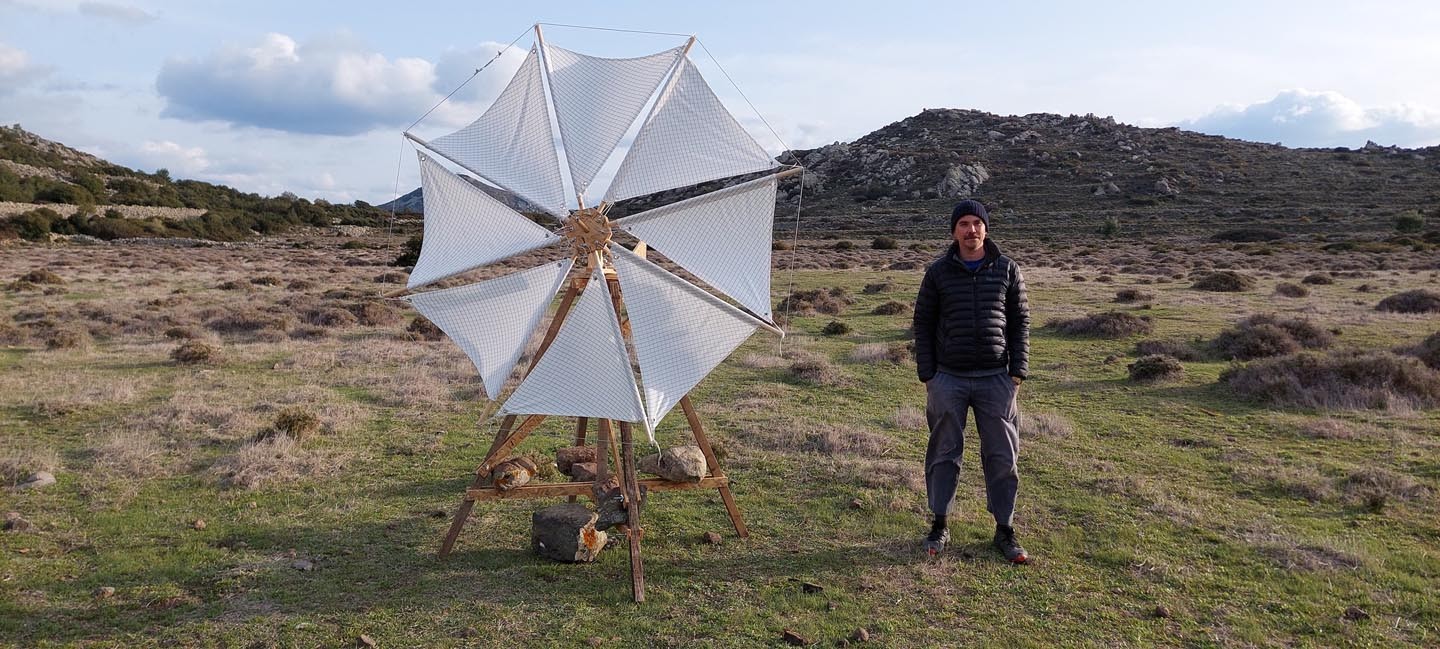
Πηγή εικόνας: arshake.com
Τι συμπεράσματα μπορούμε να αλιεύσουμε από την παρατήρηση μιας μυρμηγκοφωλιάς; Πόσο επιζήμιο είναι να δημιουργούμε τεχνητή νοημοσύνη εμπνευσμένη μονάχα από το ανθρώπινο σύστημα; Όλοι οι διαφορετικοί τρόποι που προσπαθήσαμε να δημιουργήσουμε την τεχνητή νοημοσύνη, διαμορφώνονταν πάντα από αυτόν τον ορισμό της ανθρώπινης ευφυΐας. Αλλά, τι θα γινόταν αν σκεφτόμασταν όπως οι μέλισσες; Τι αντίκρισμα θα είχε στην τέχνη και στον πολιτισμό ένας τεχνητός συνδυασμός διαφορετικών τύπων πολιτικής σκέψης; Τα ερωτήματα είναι πολλά και κάθε αναφορά σε αυτά γεννά κι επόμενα. Ο Bridle είναι ένας καλλιτέχνης και κριτικός που, έχοντας ενεργή παρουσία με διαλέξεις, εκδόσεις, εγκαταστάσεις και εκπομπές, μιλά για έναν διαφορετικό τρόπο σκέψης ως προς τη δημιουργία, η οποία μπορεί να δείξει τον δρόμο σε μια κοινωνία που σκέφτεται τελείως διαφορετικά, λαμβάνοντας υπόψιν τις νέες πραγματικότητες και τη νέα αισθητική (New Aesthetic).
.png)
Πηγή εικόνας: artsy.net





